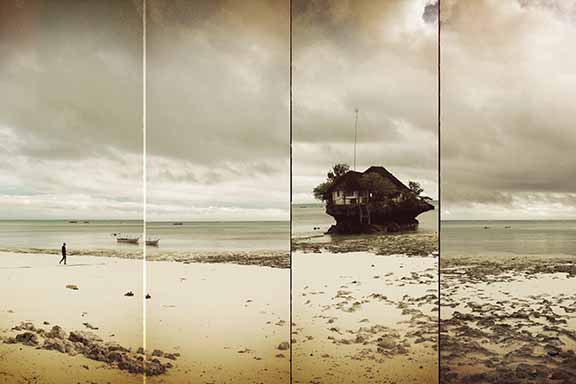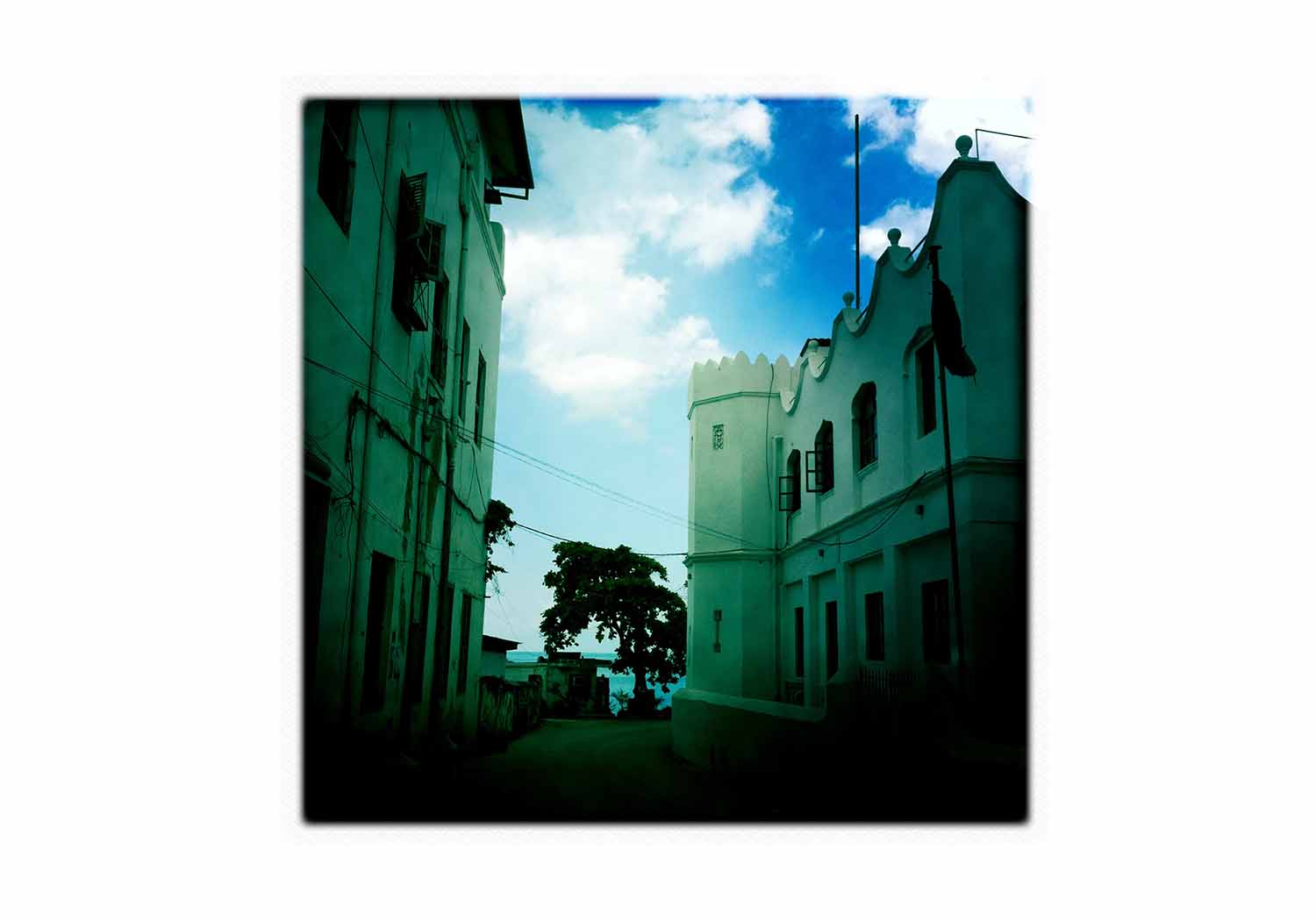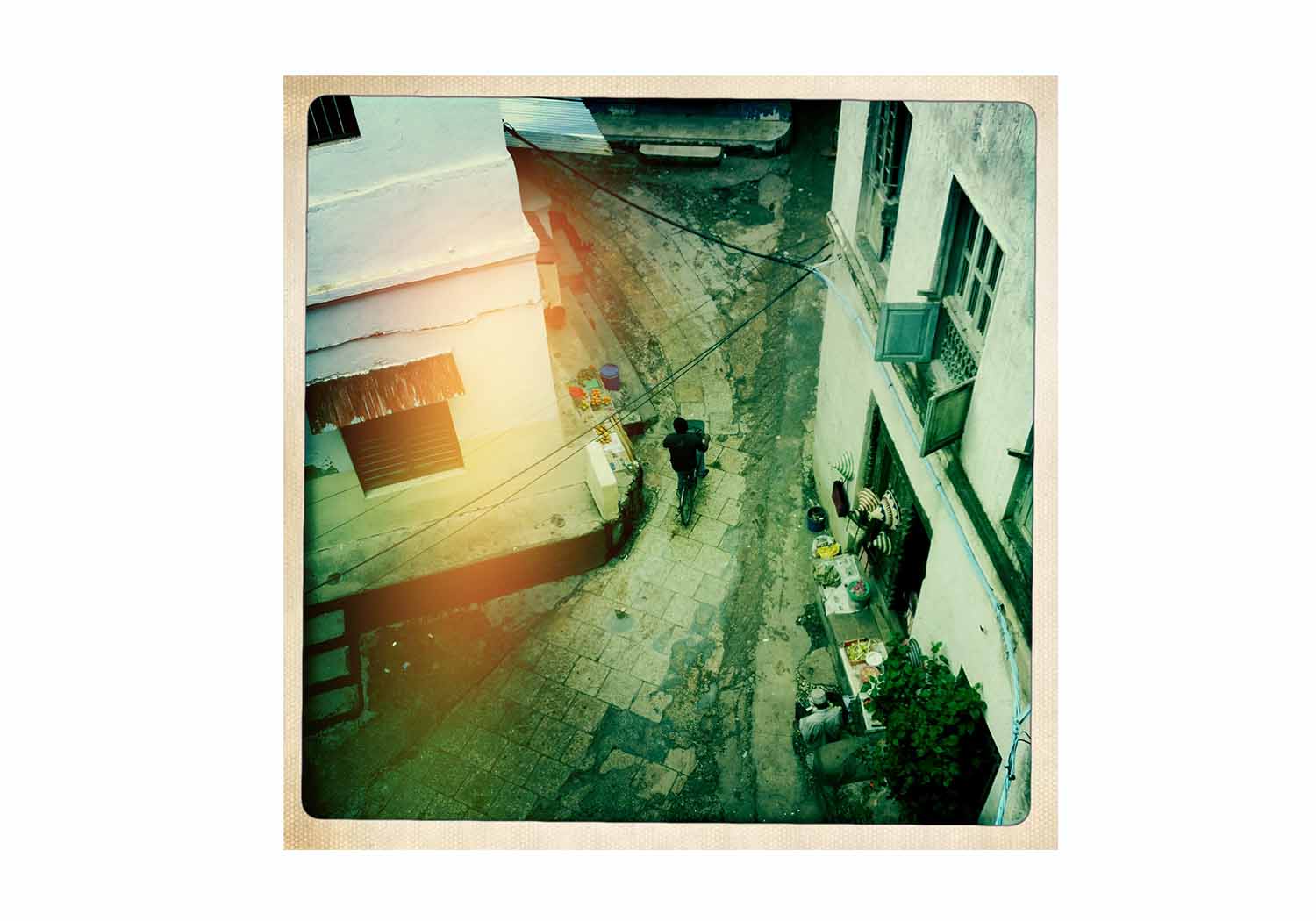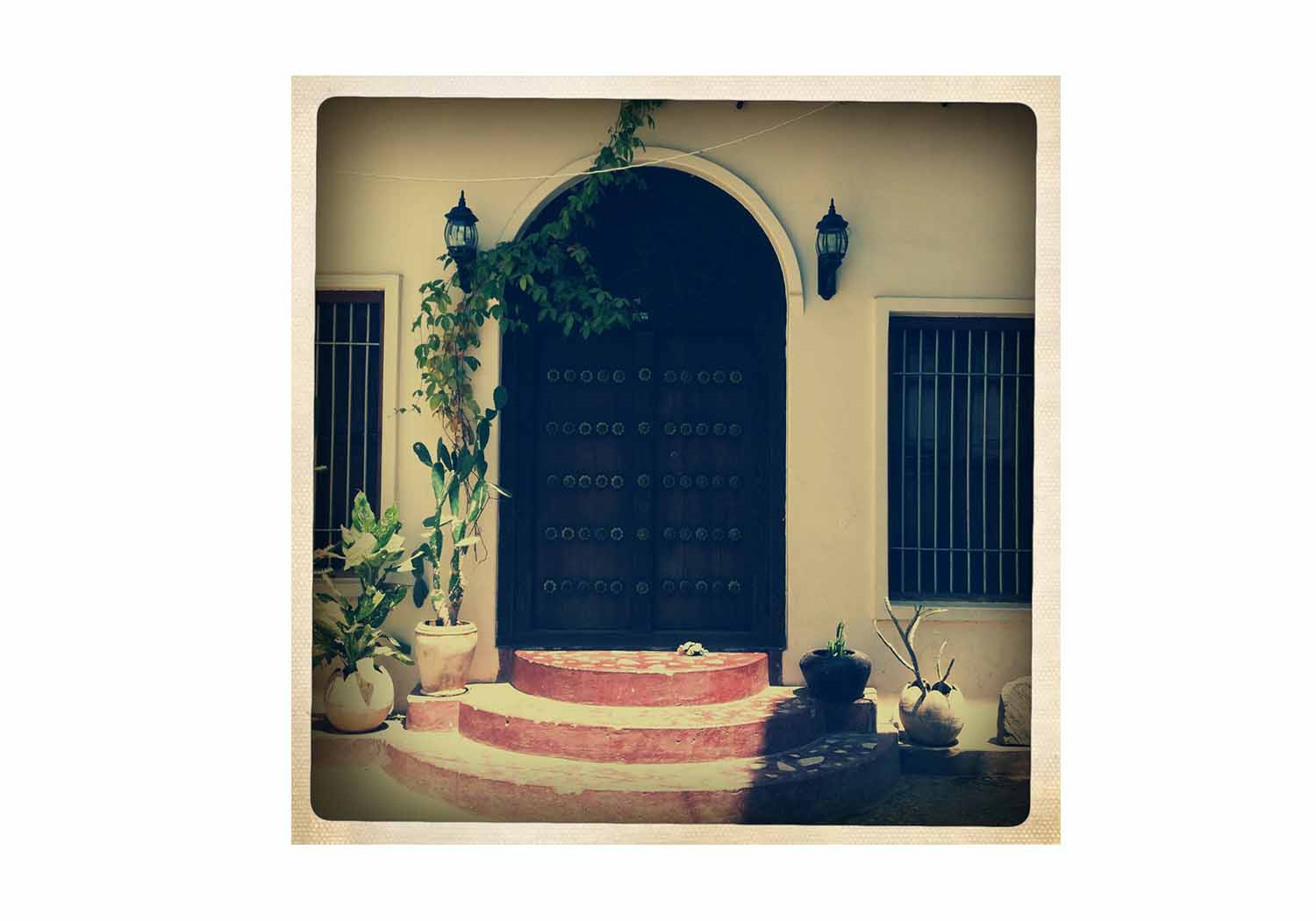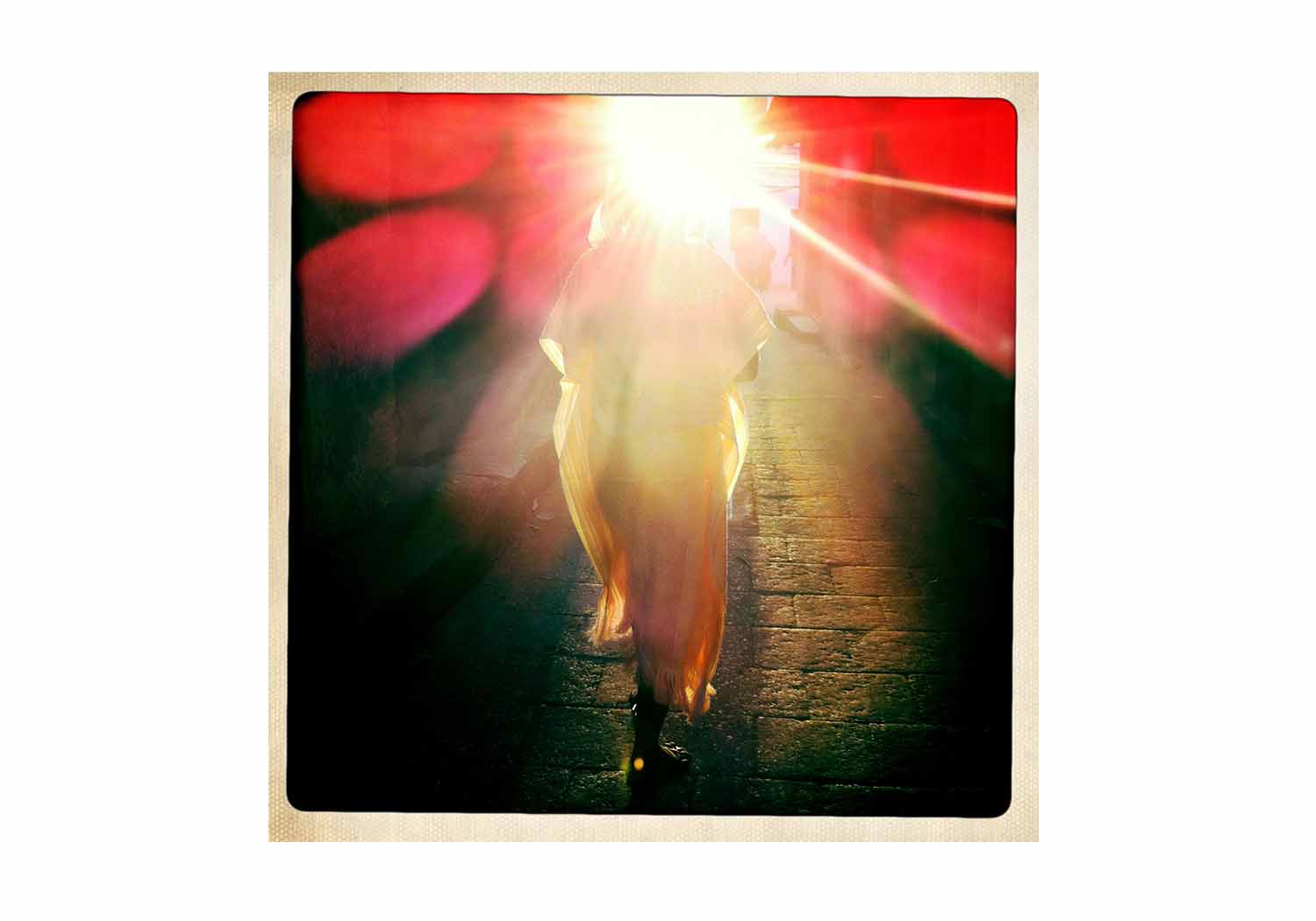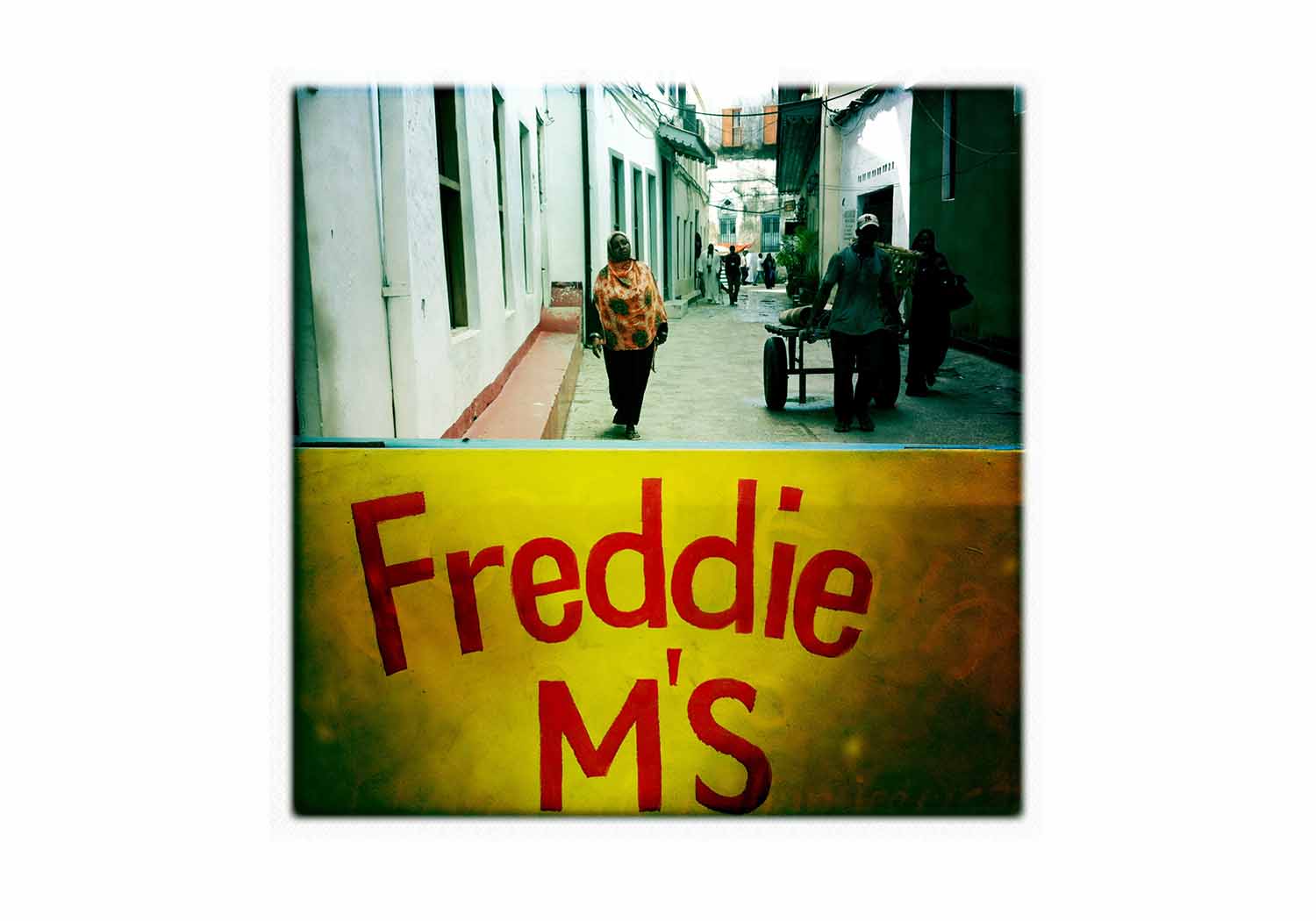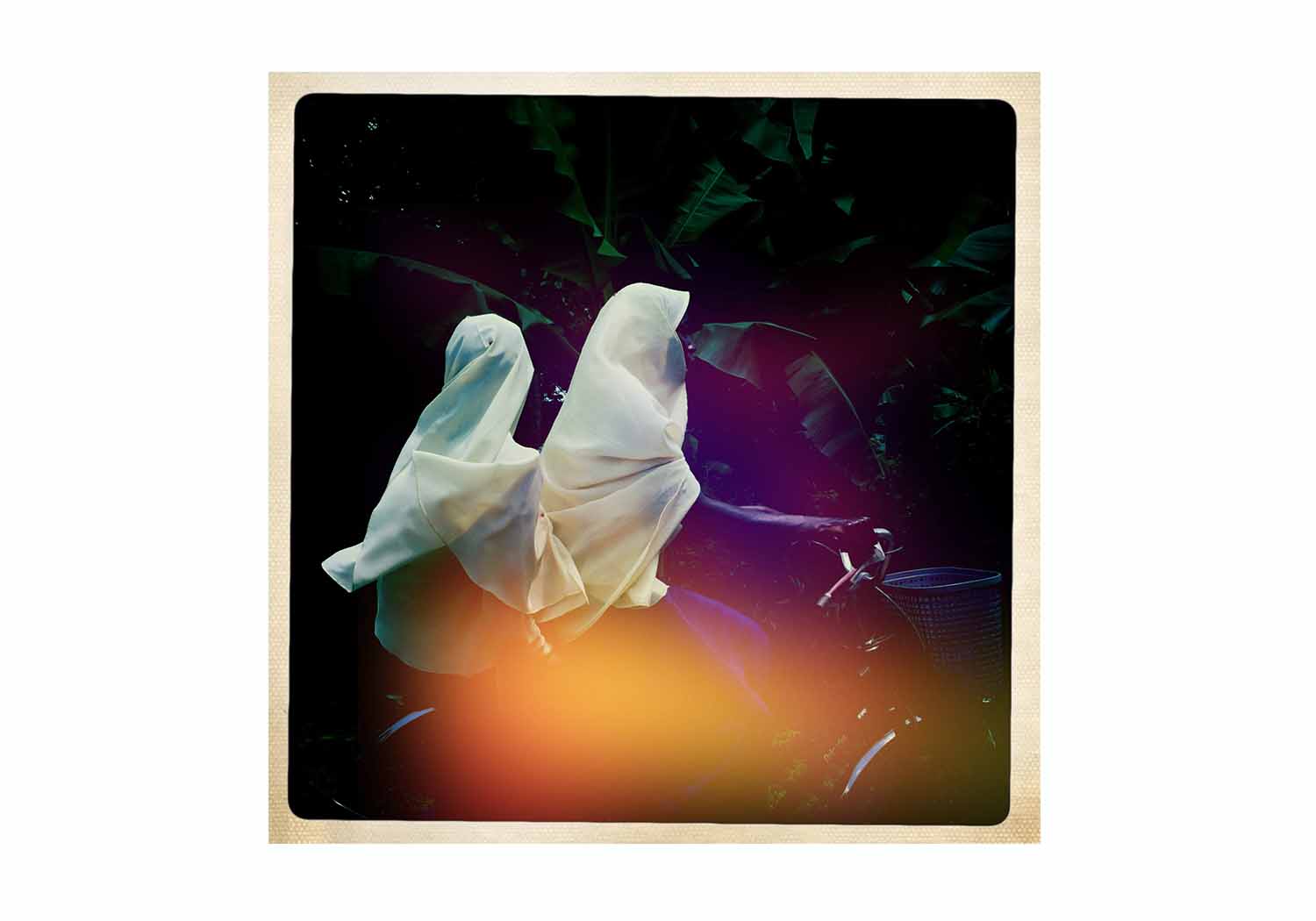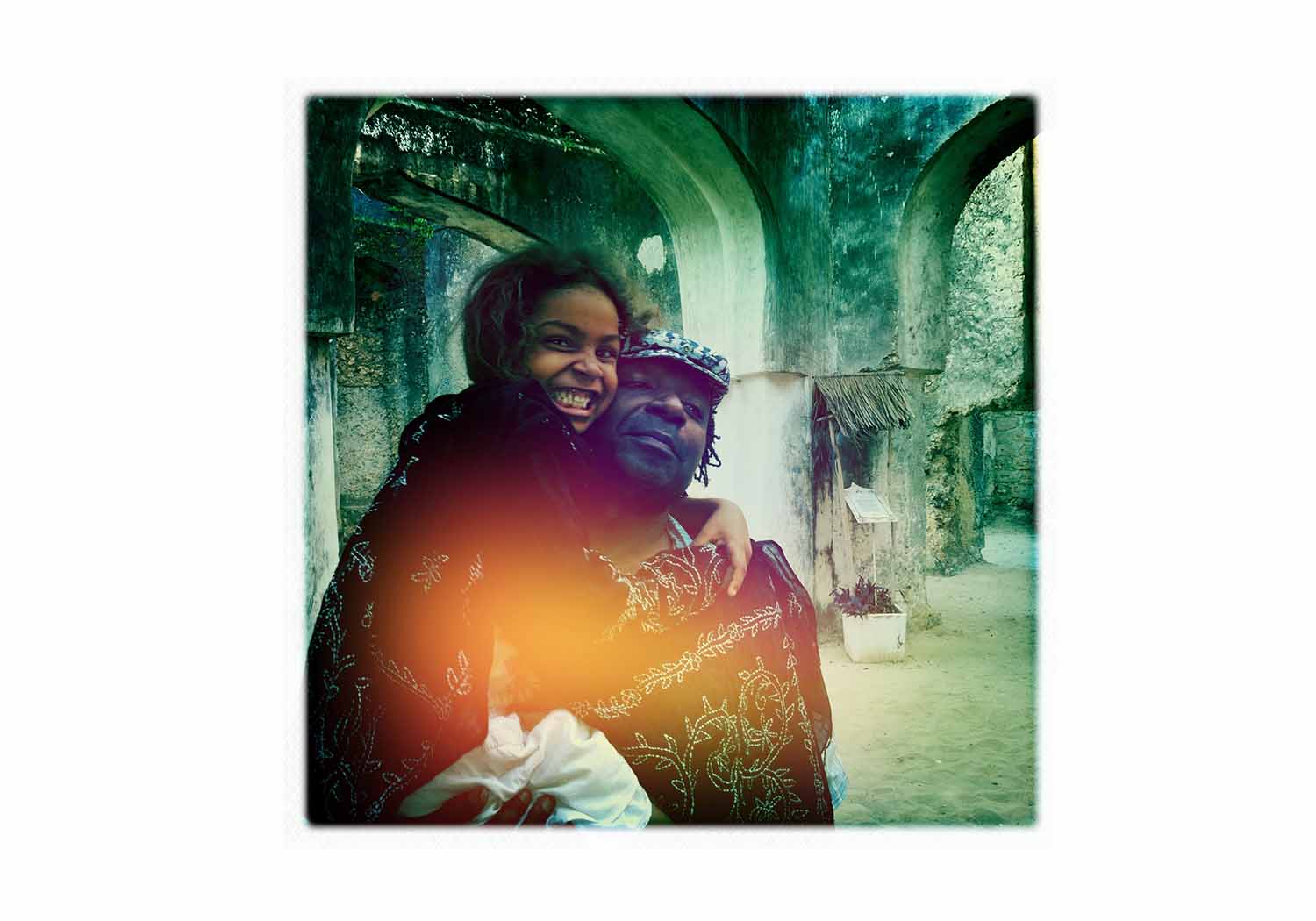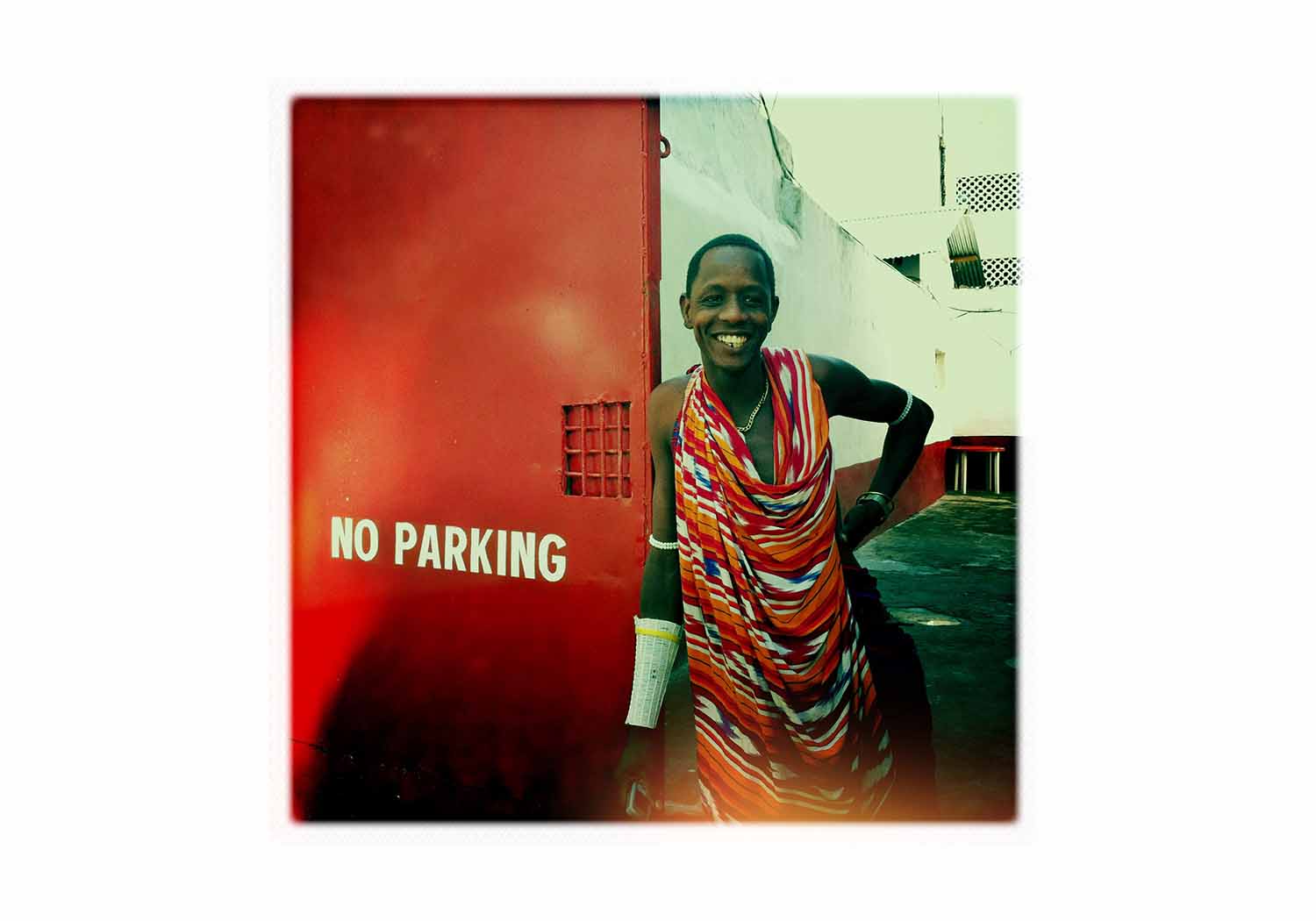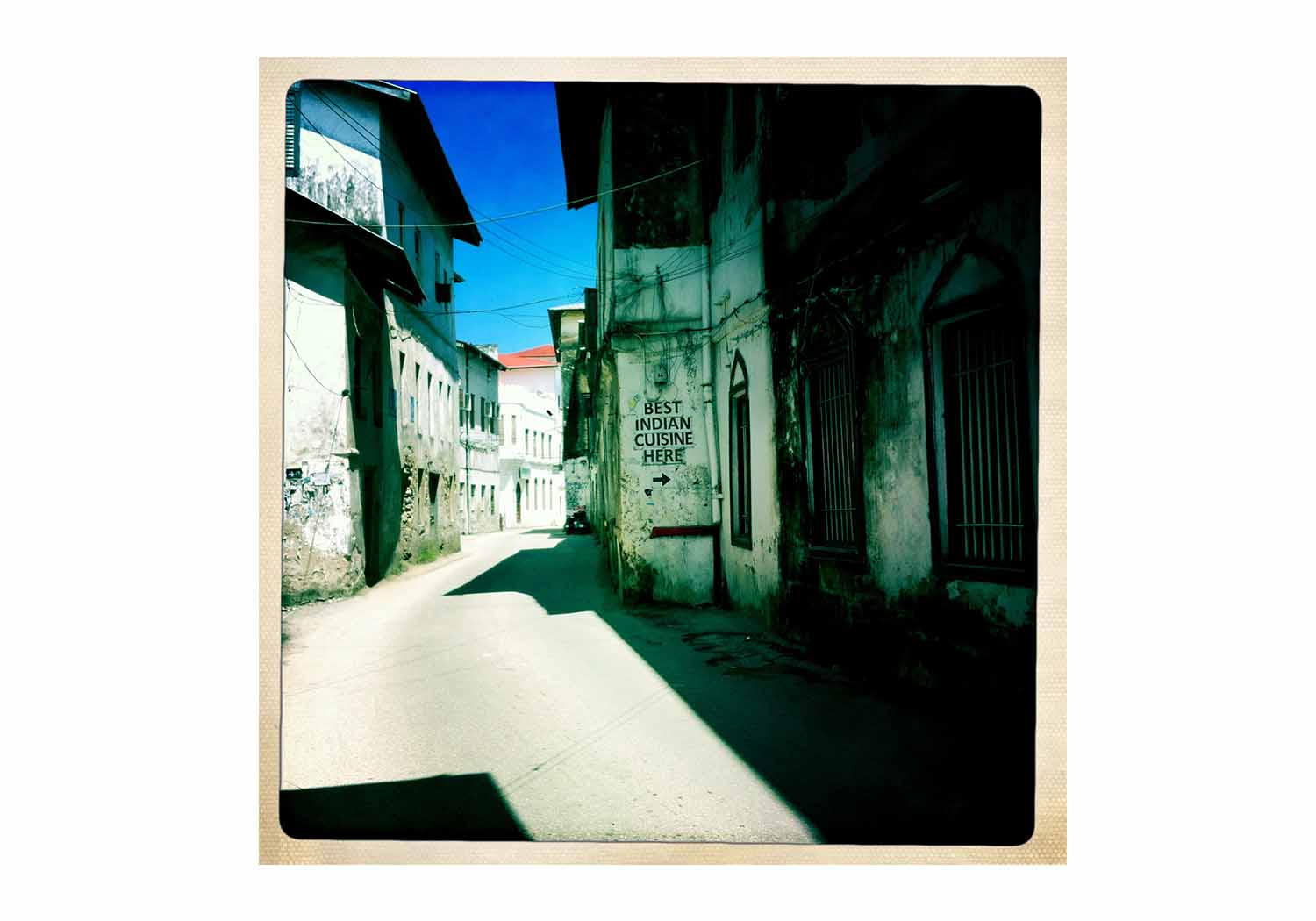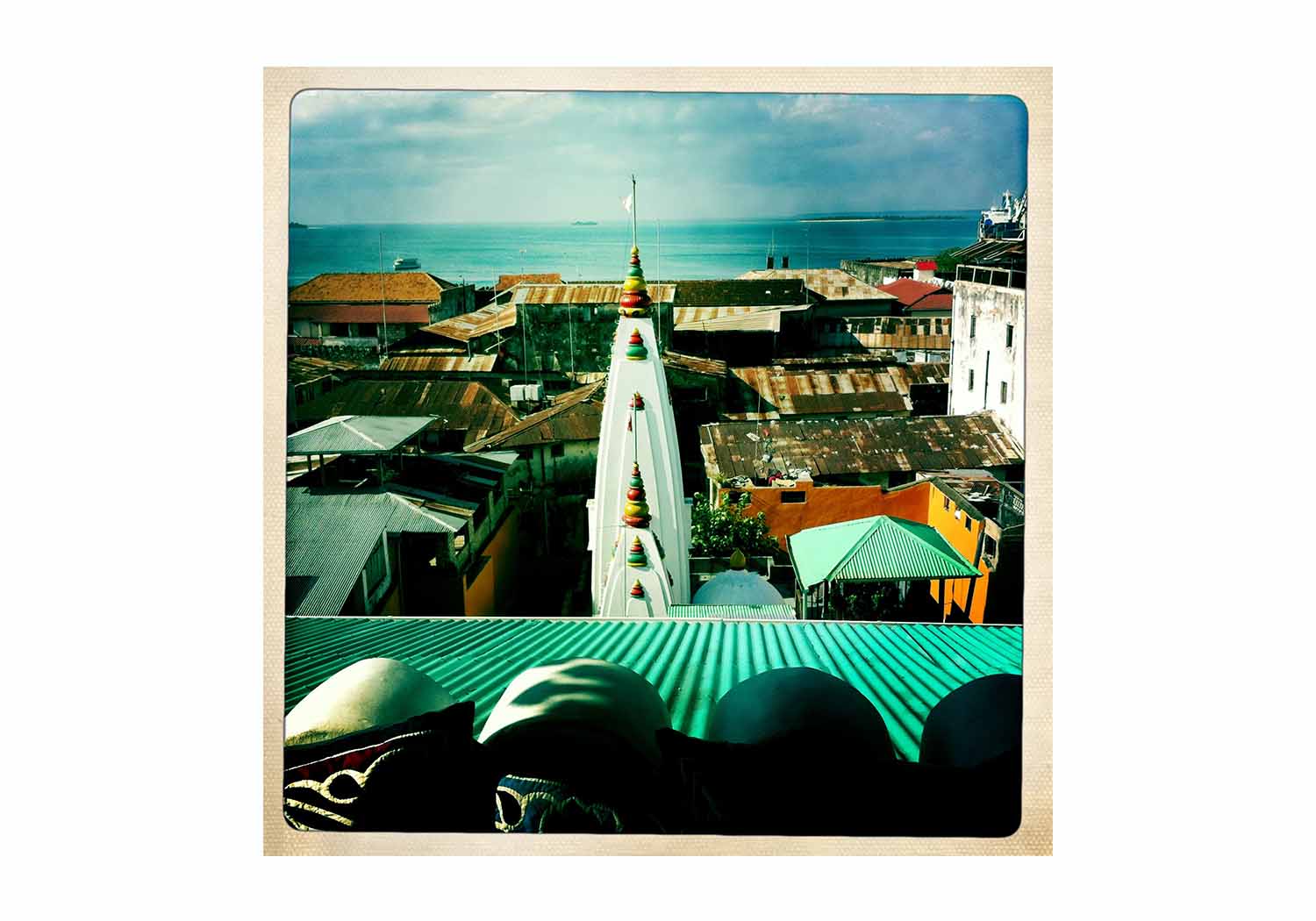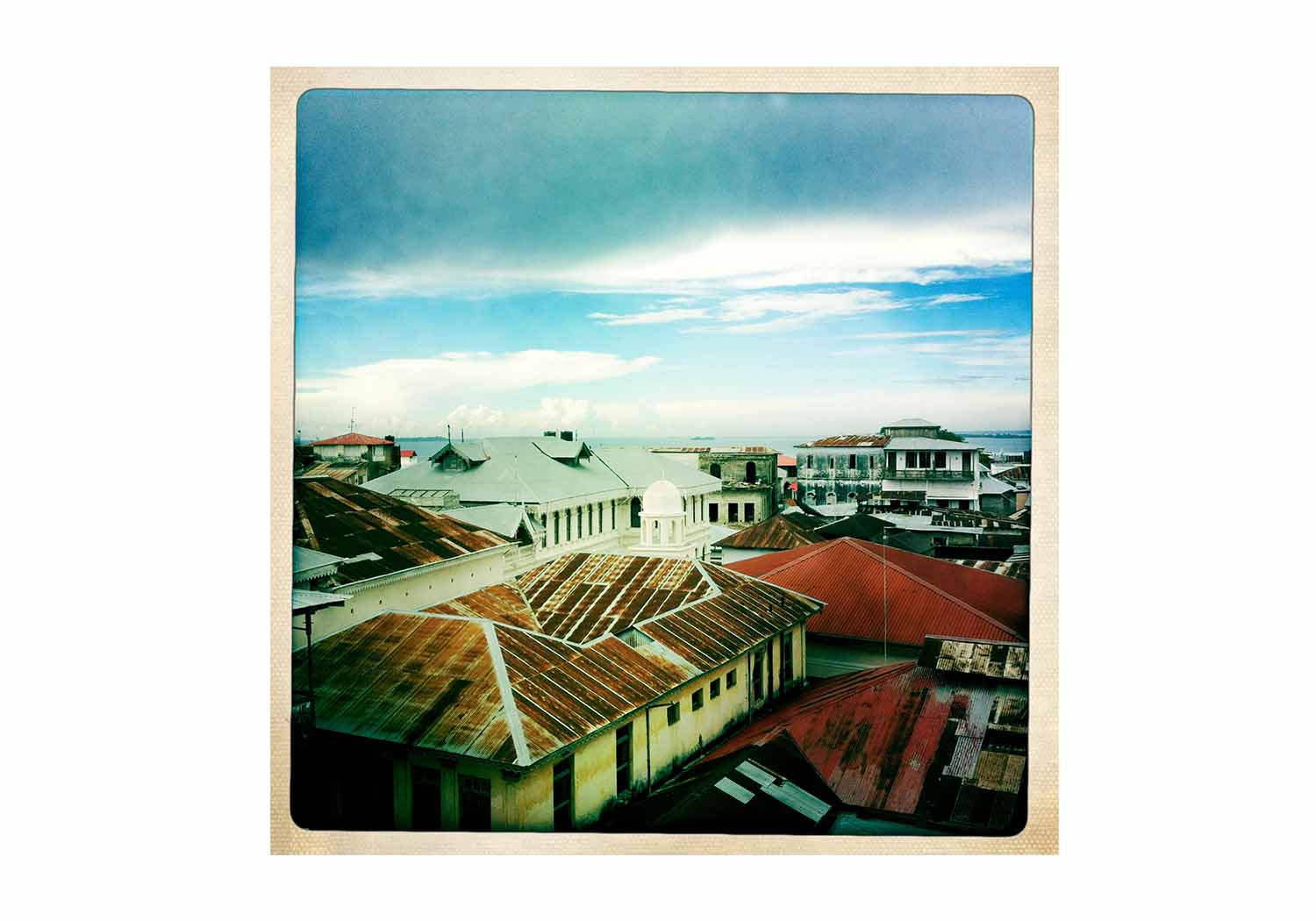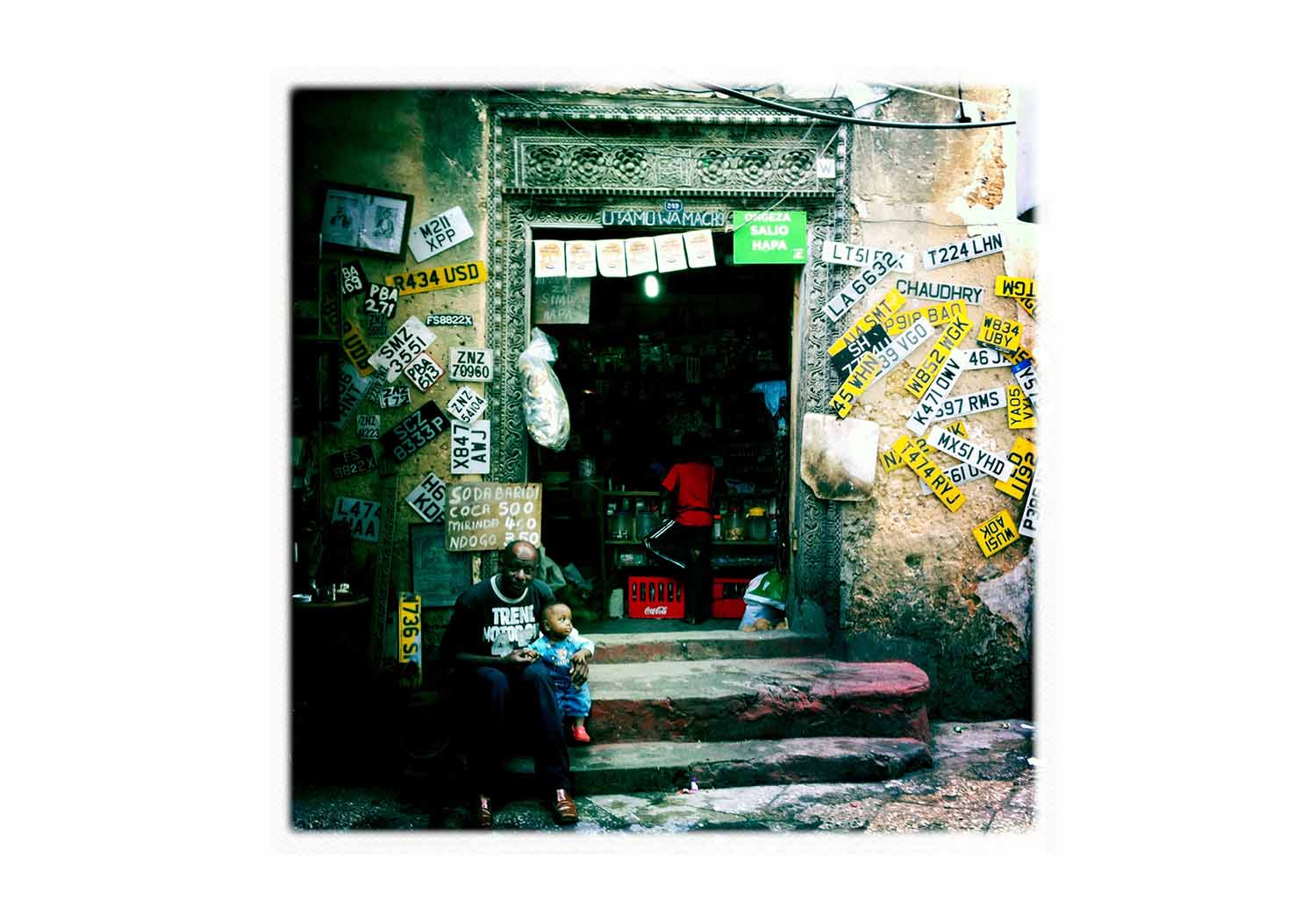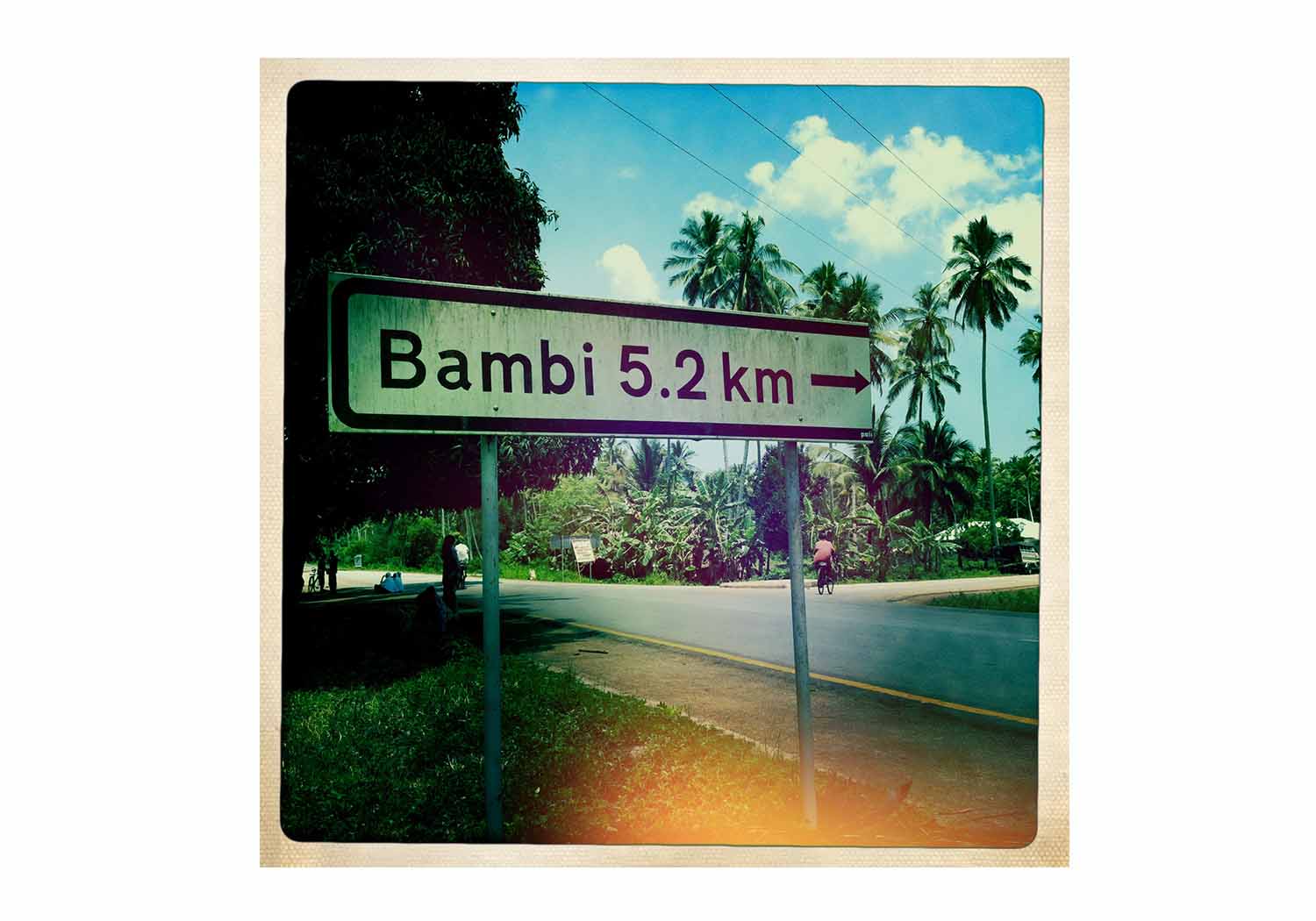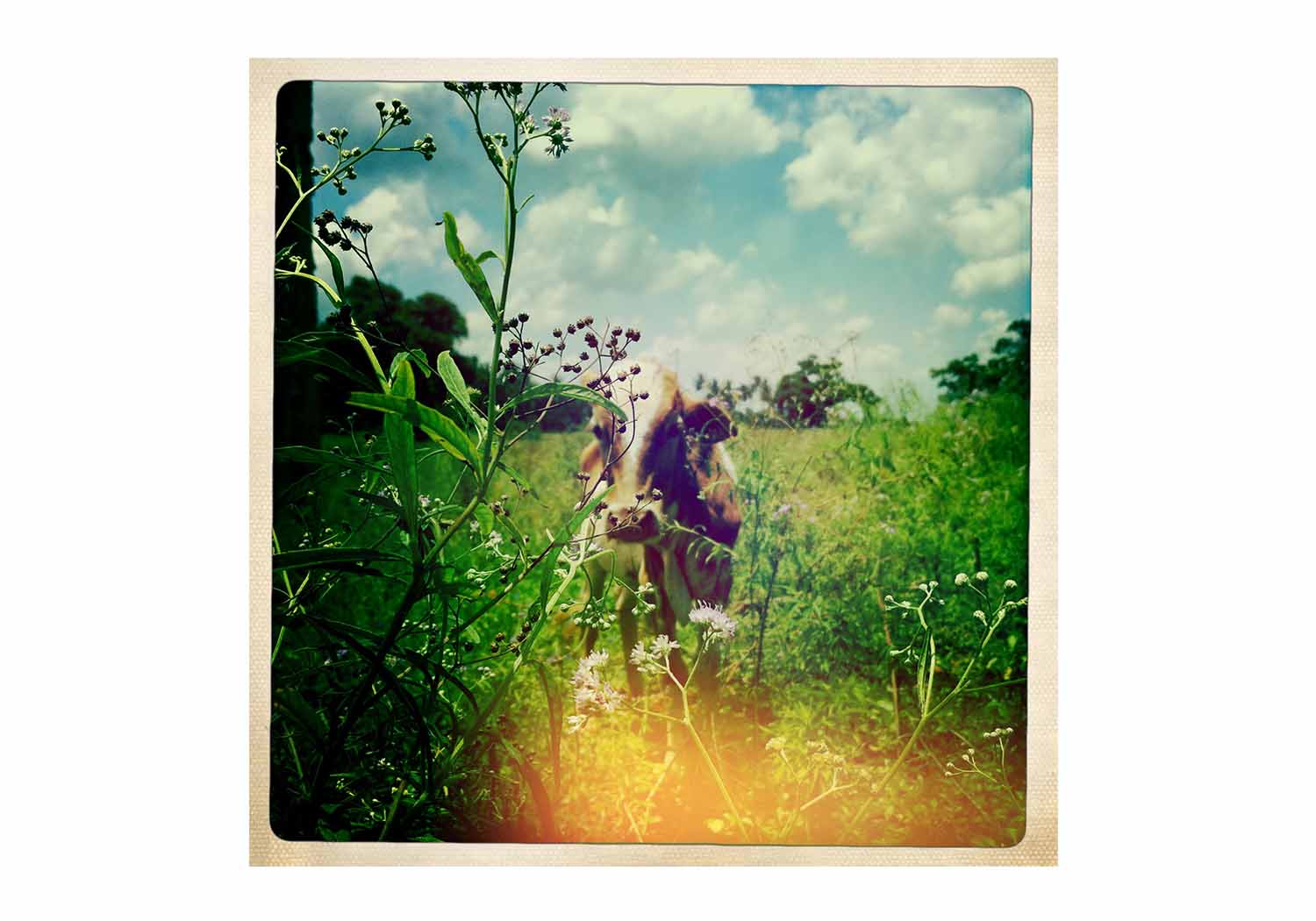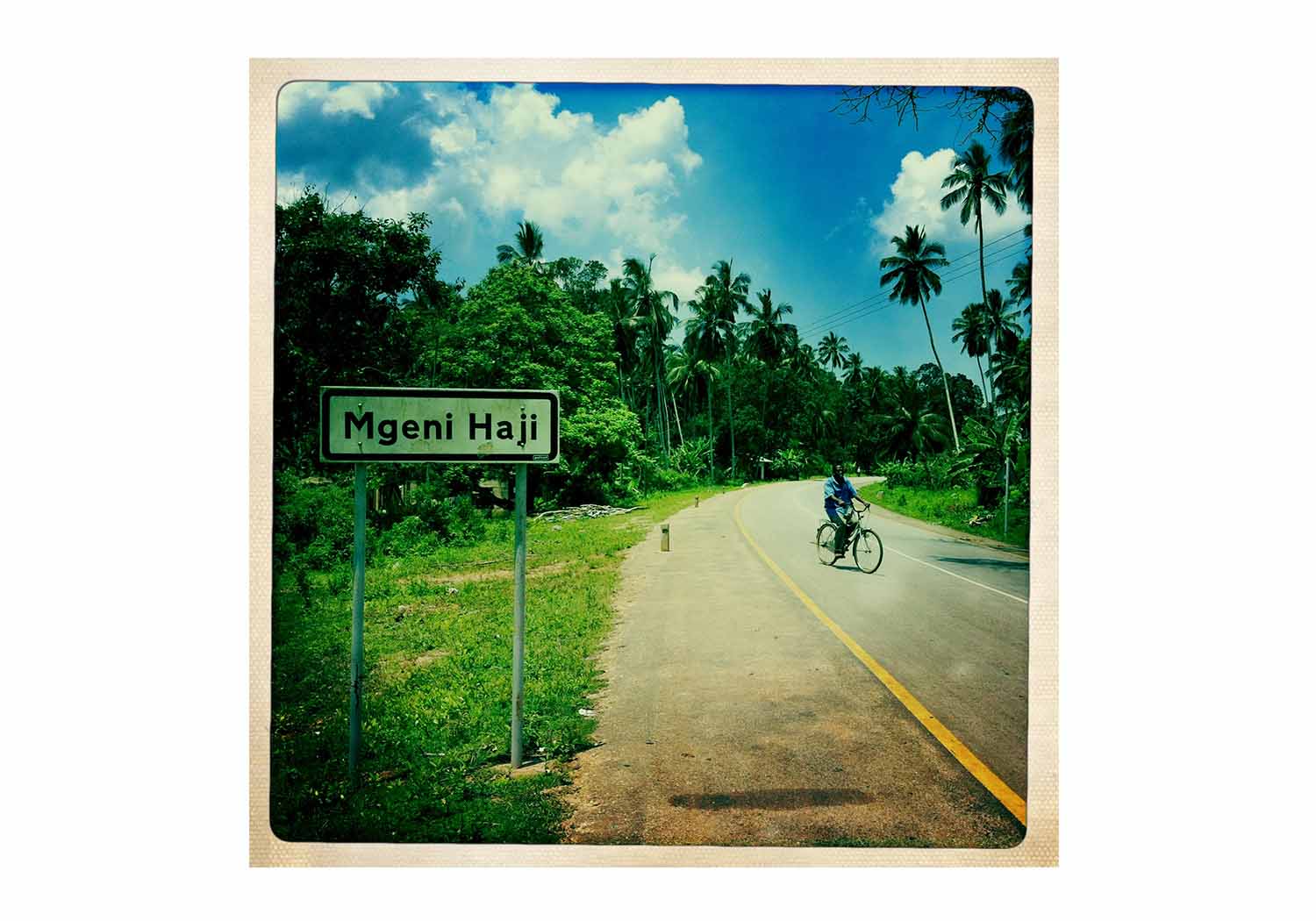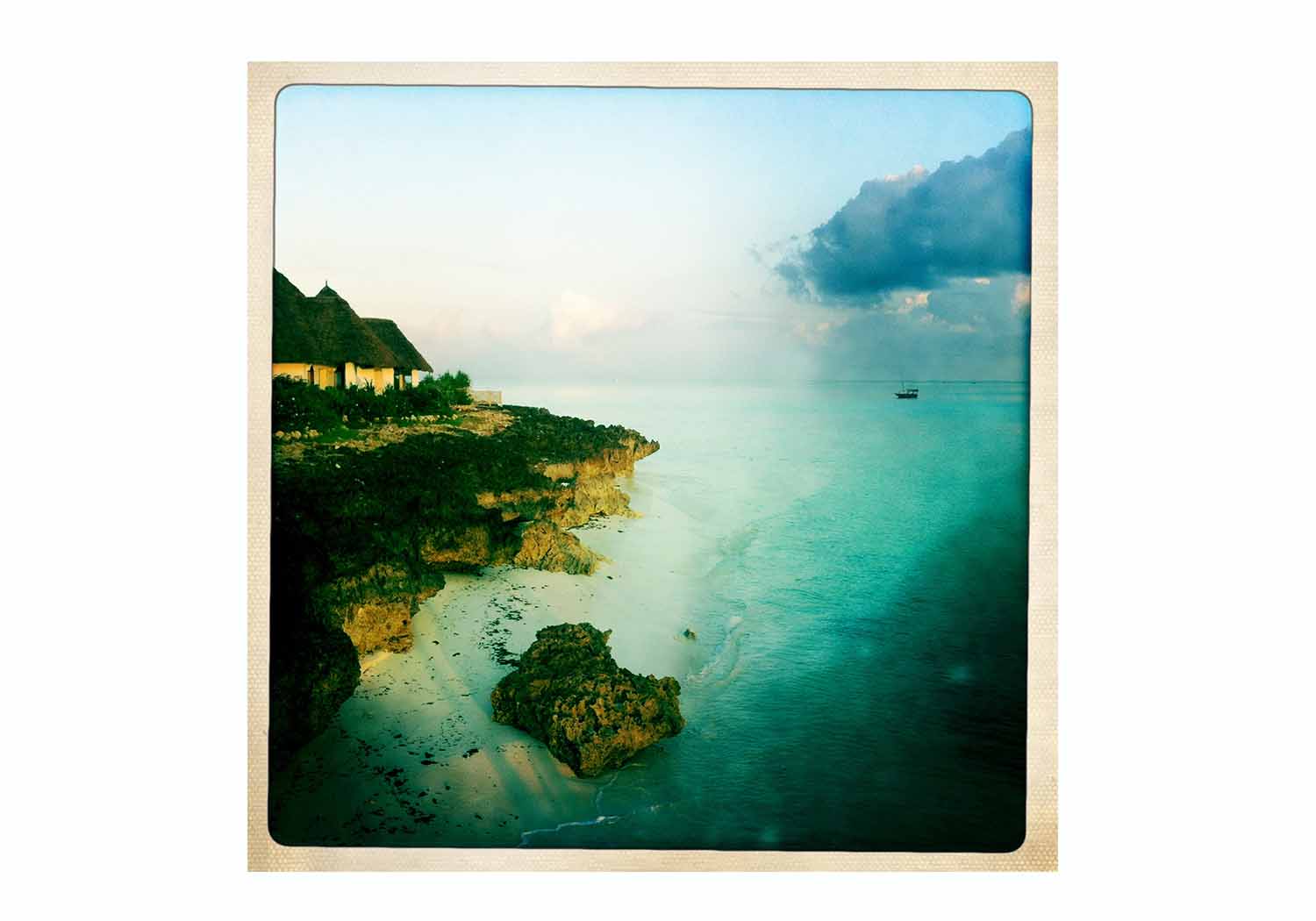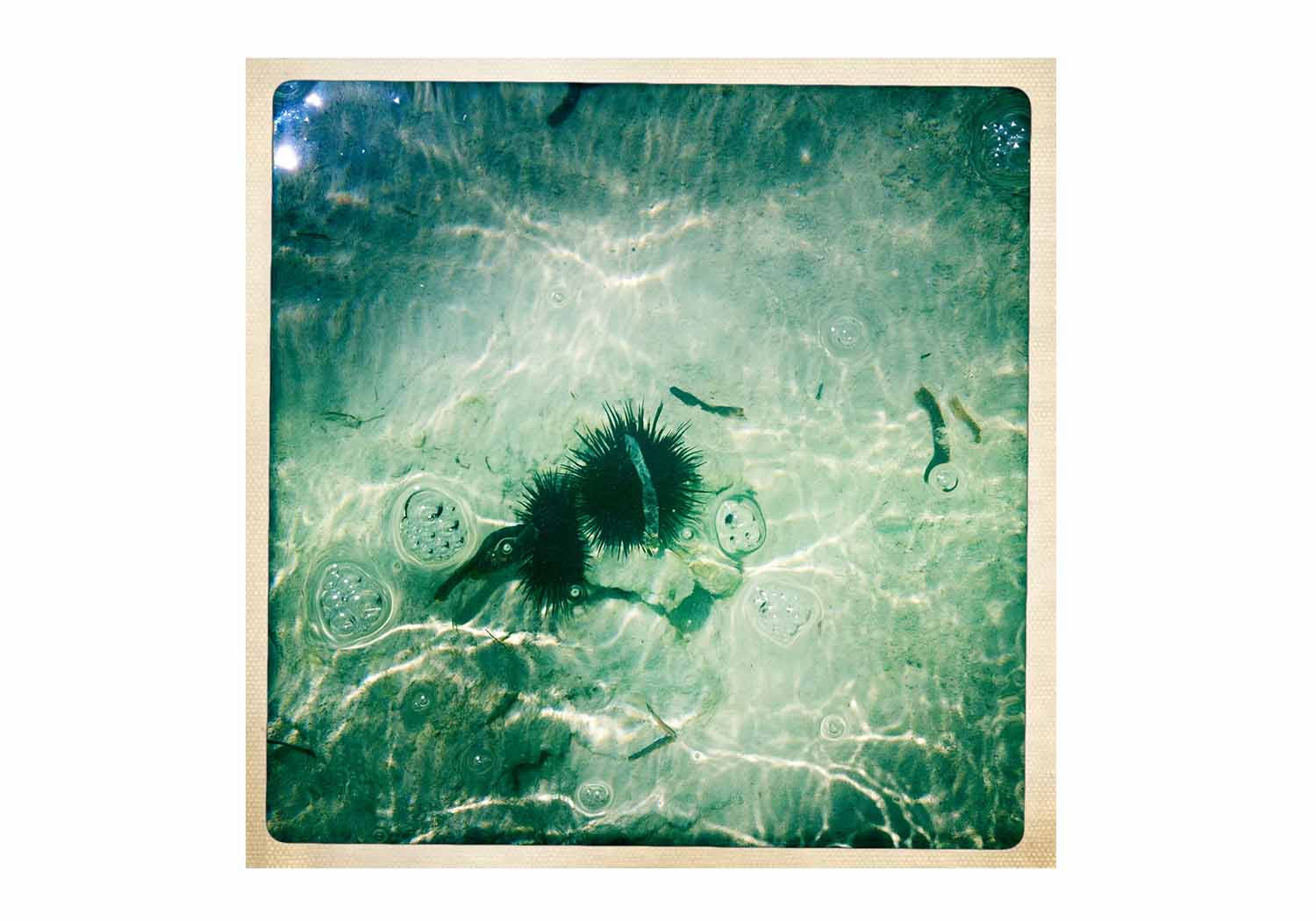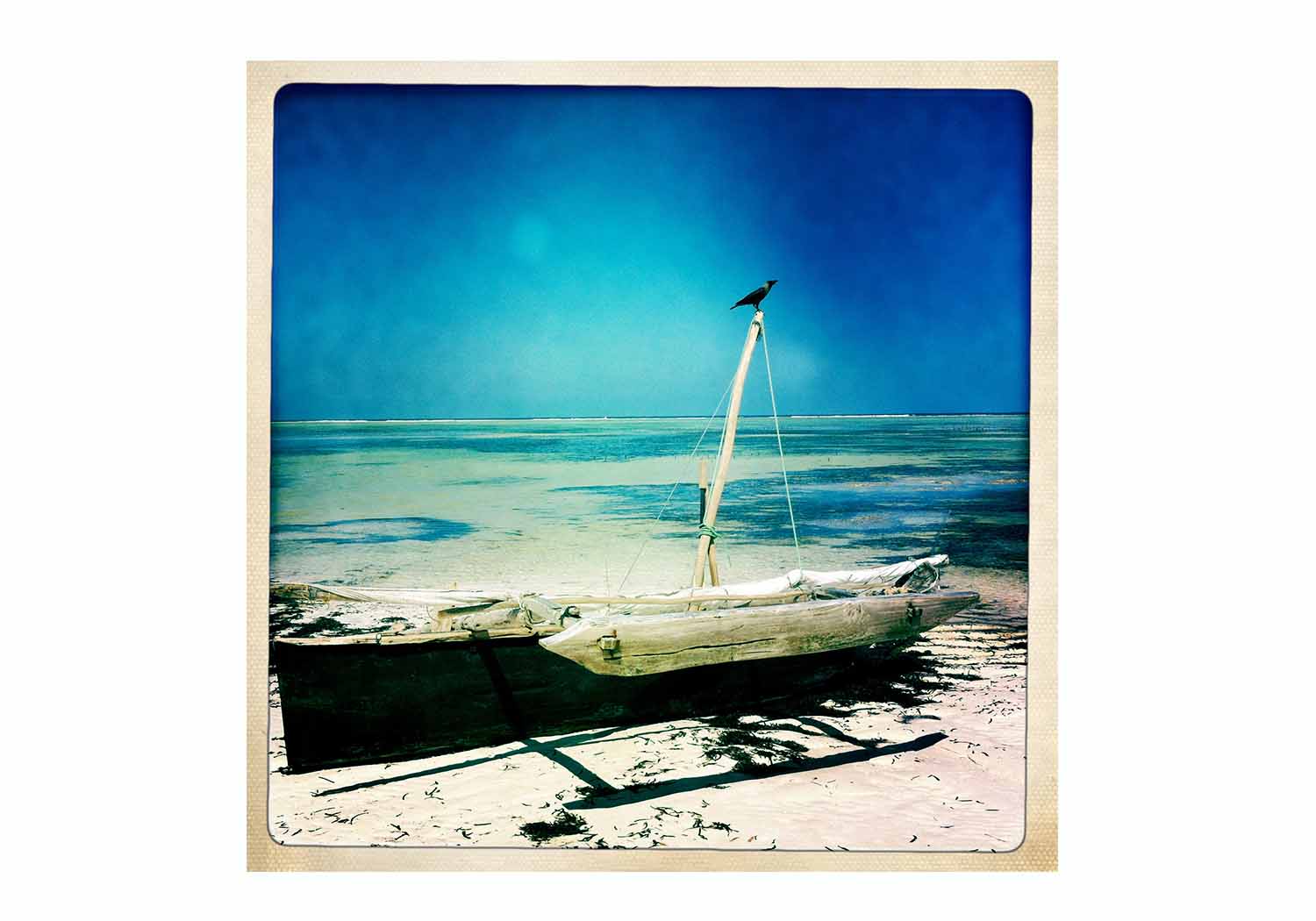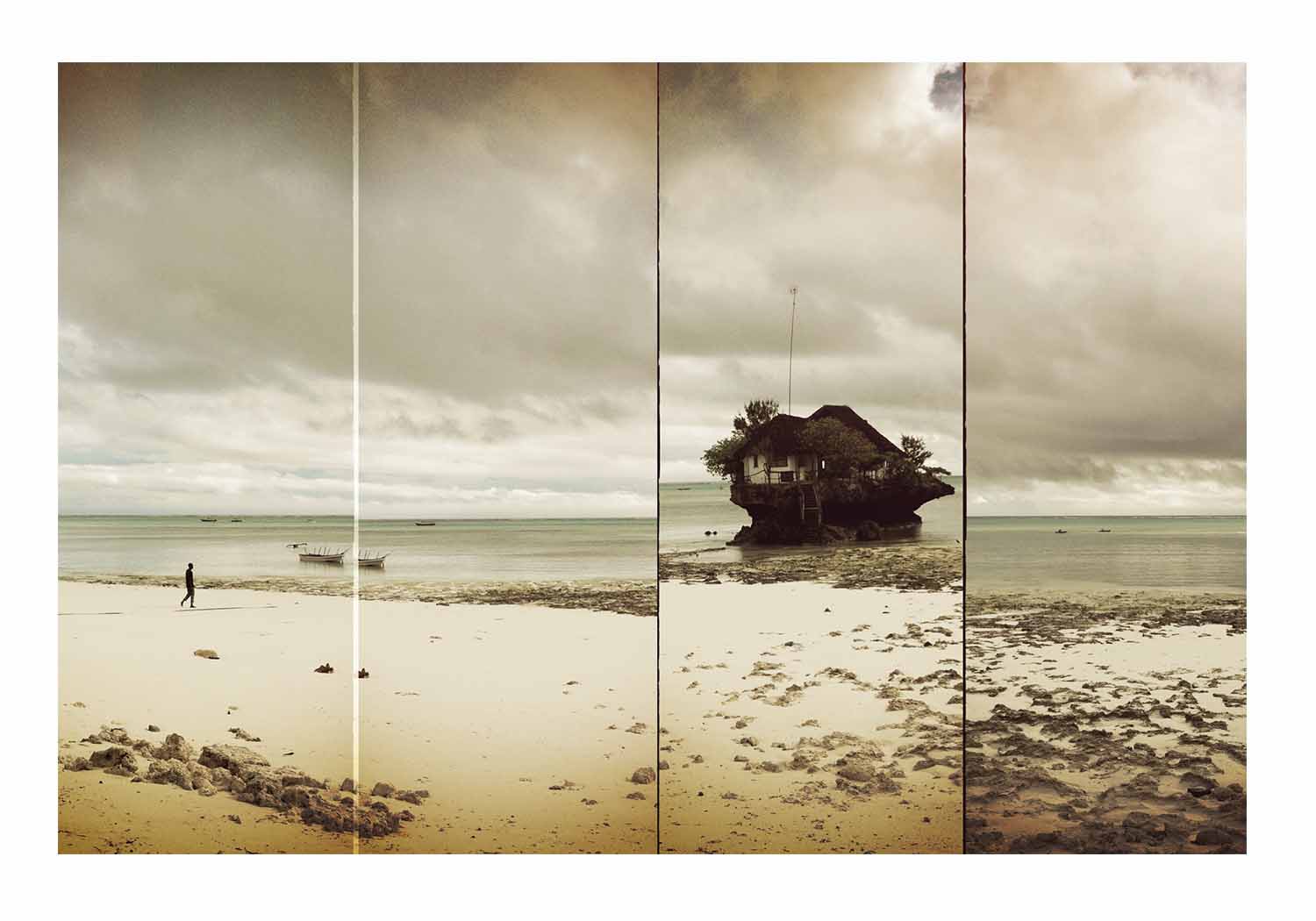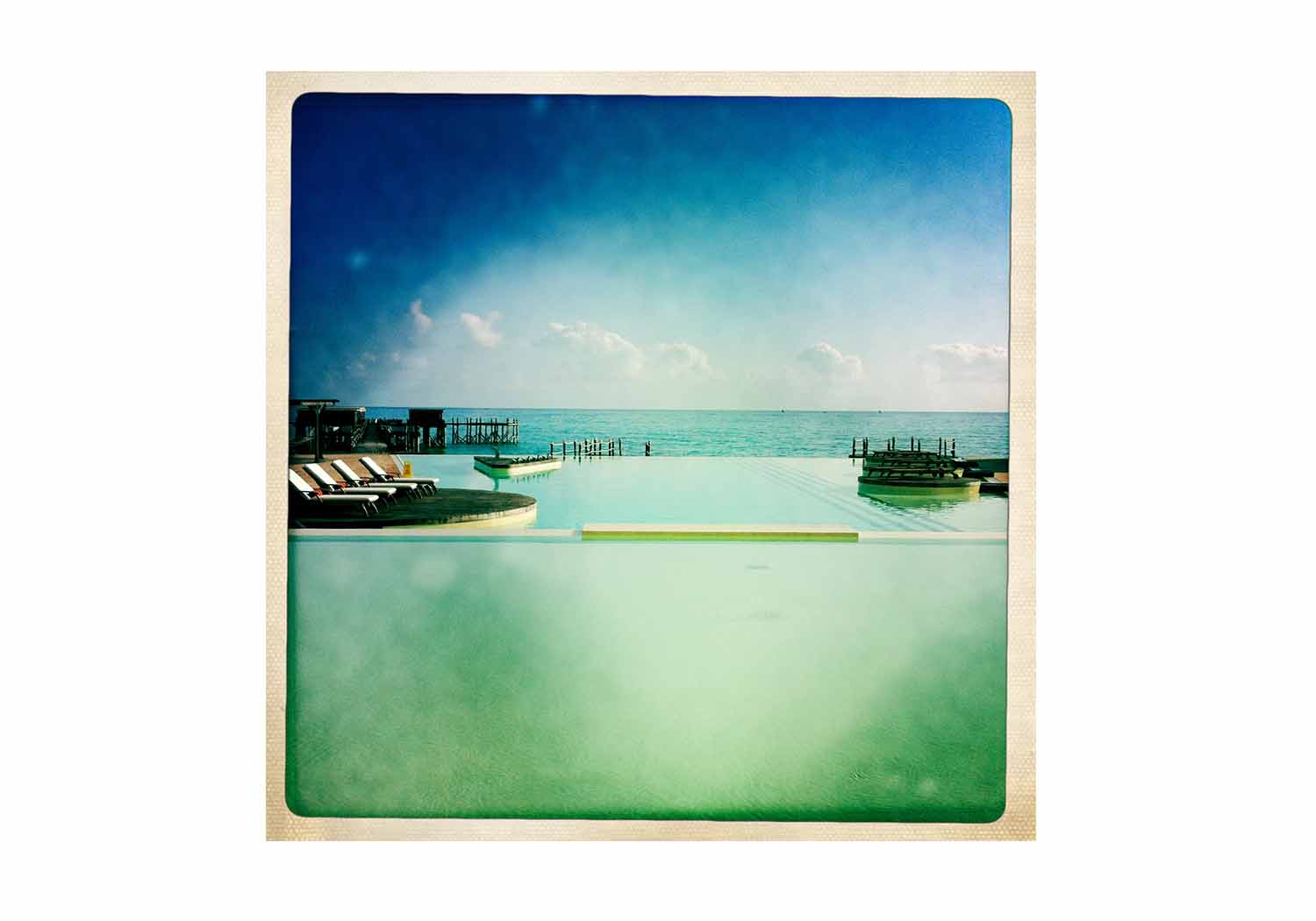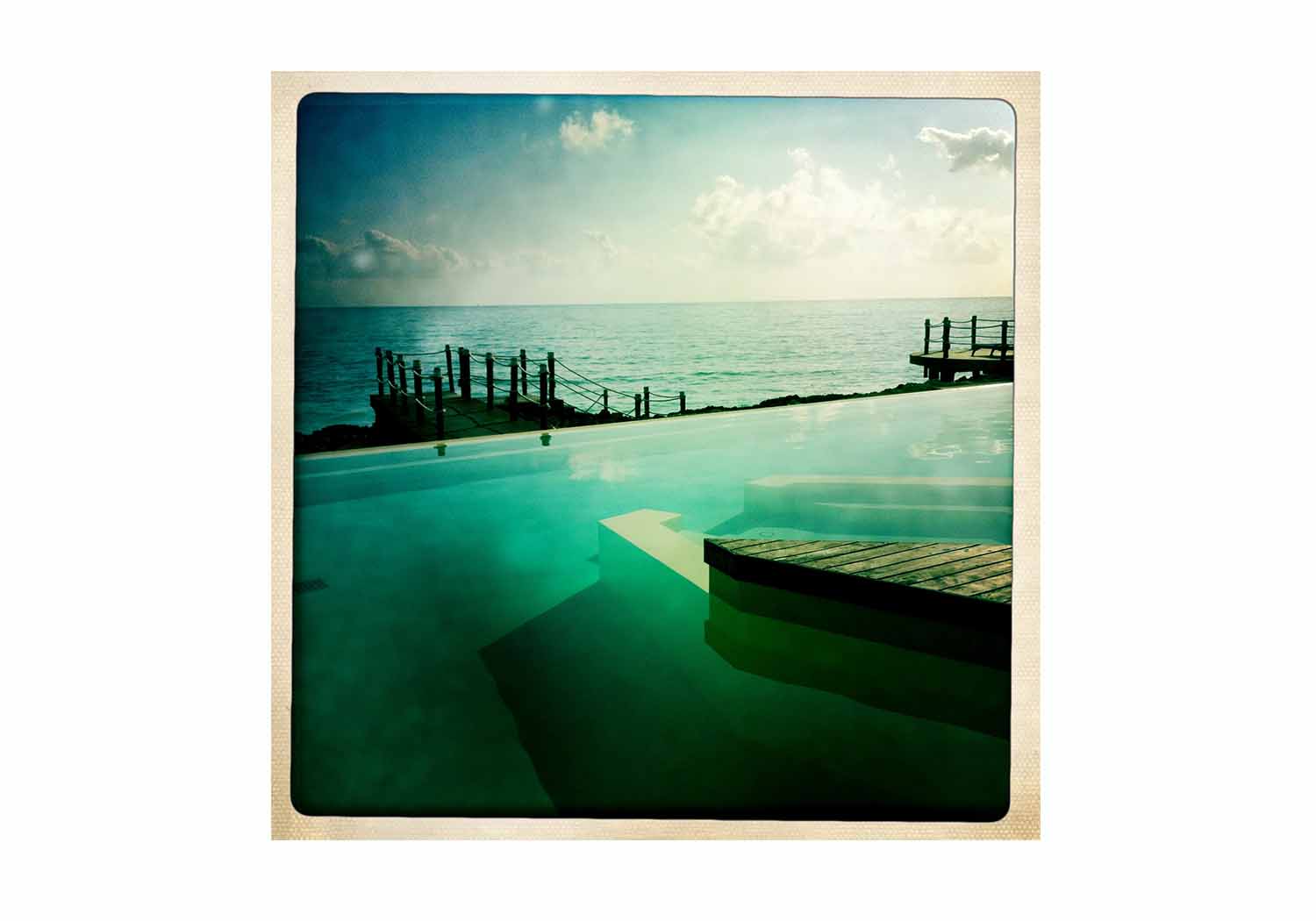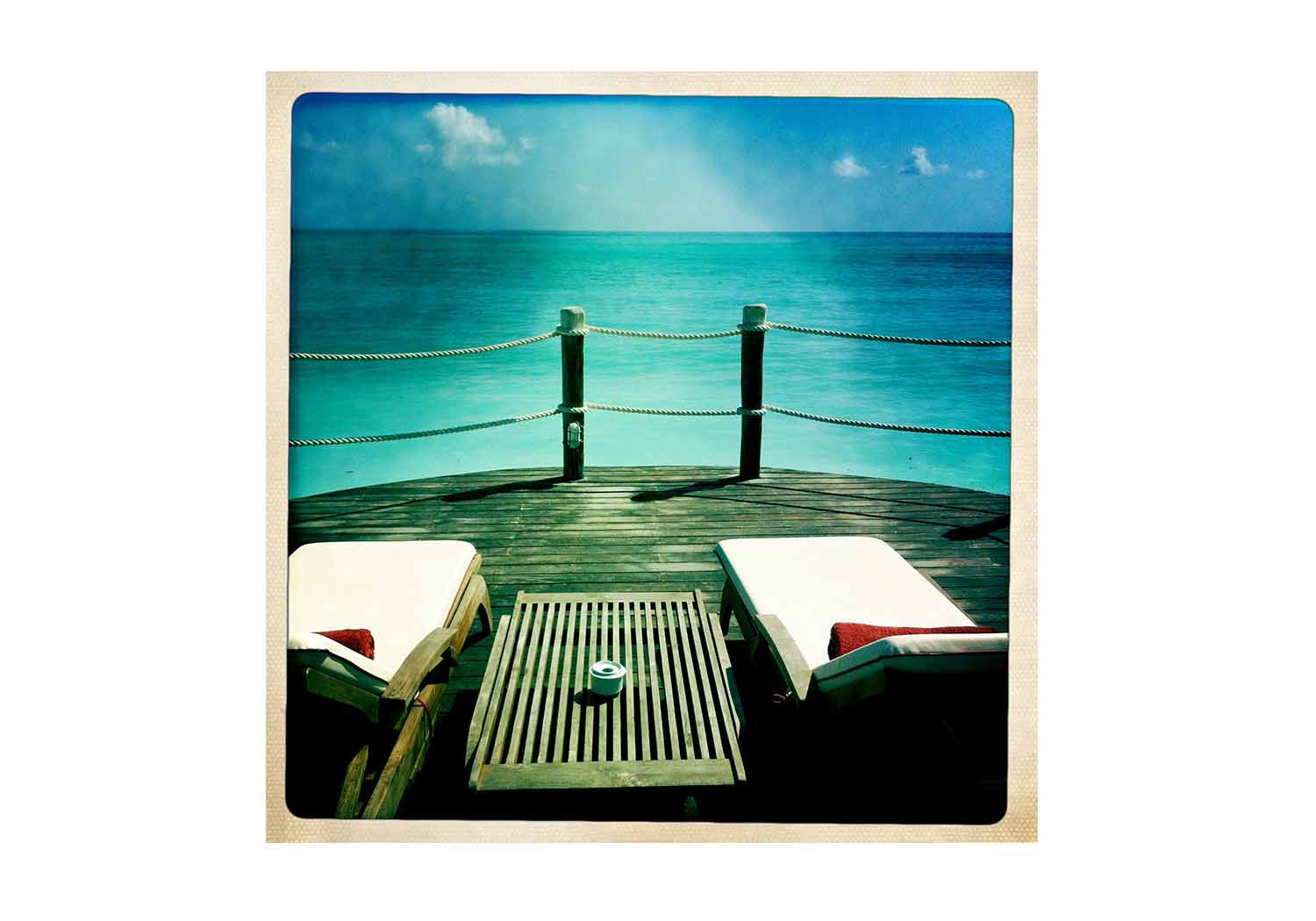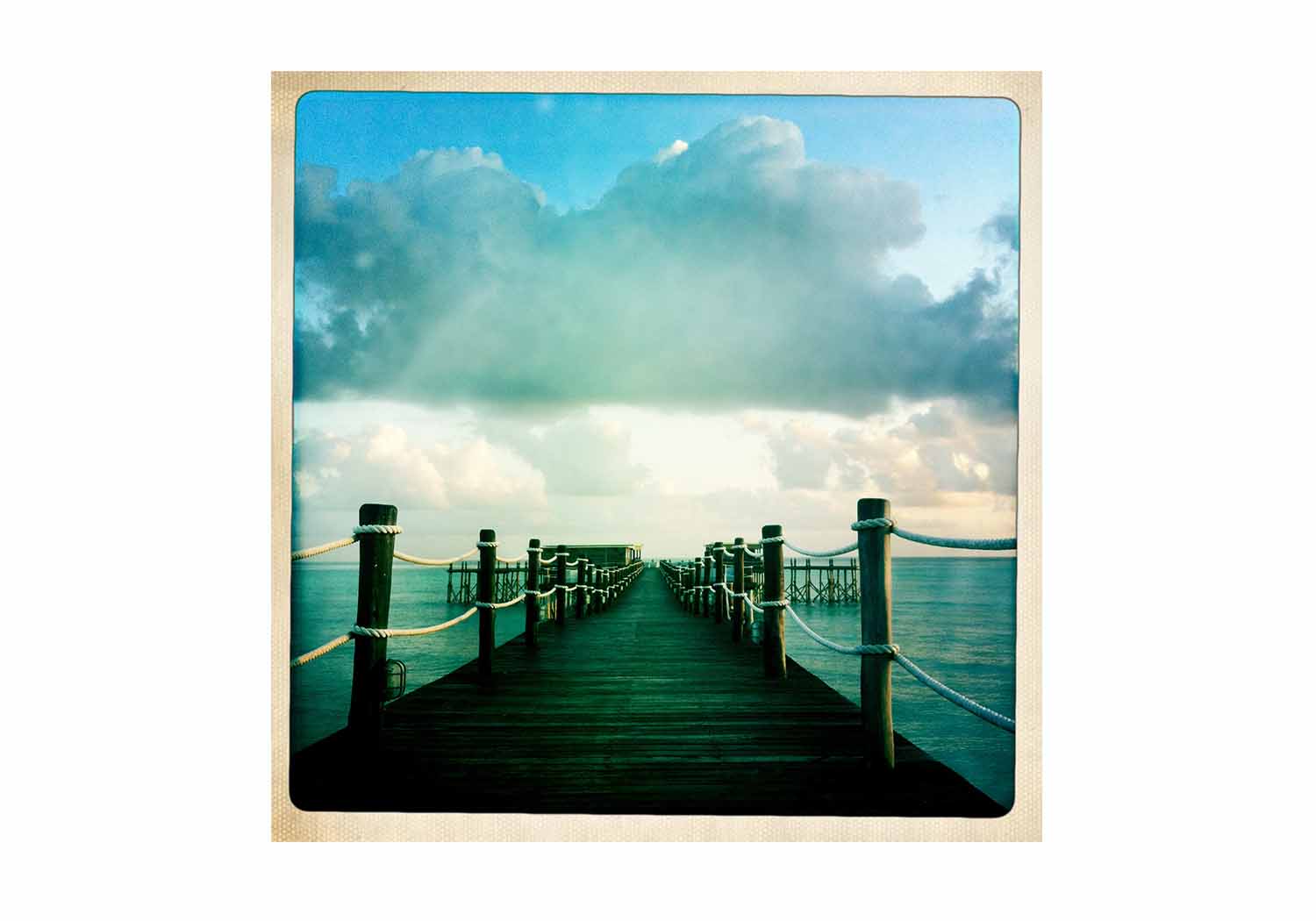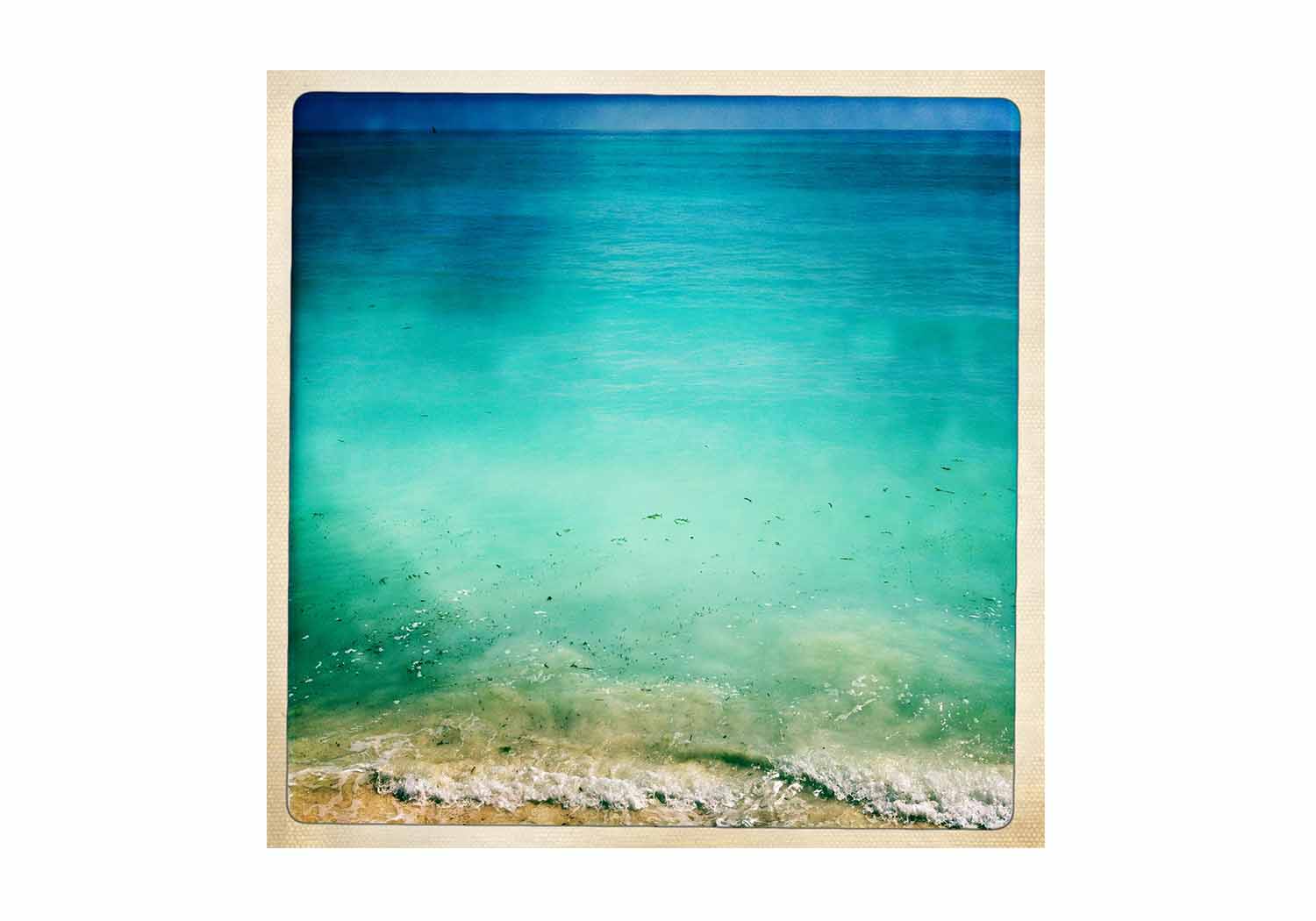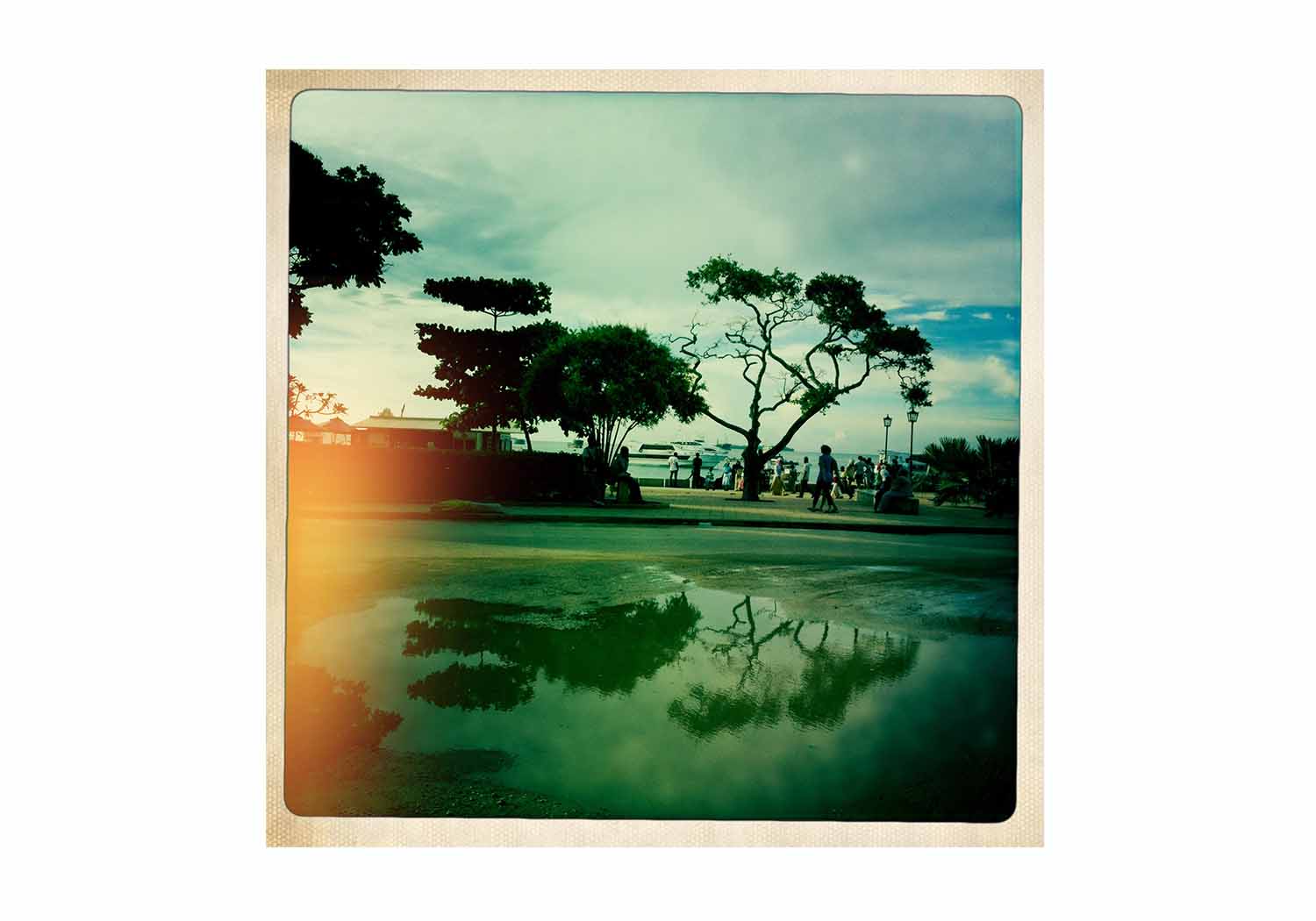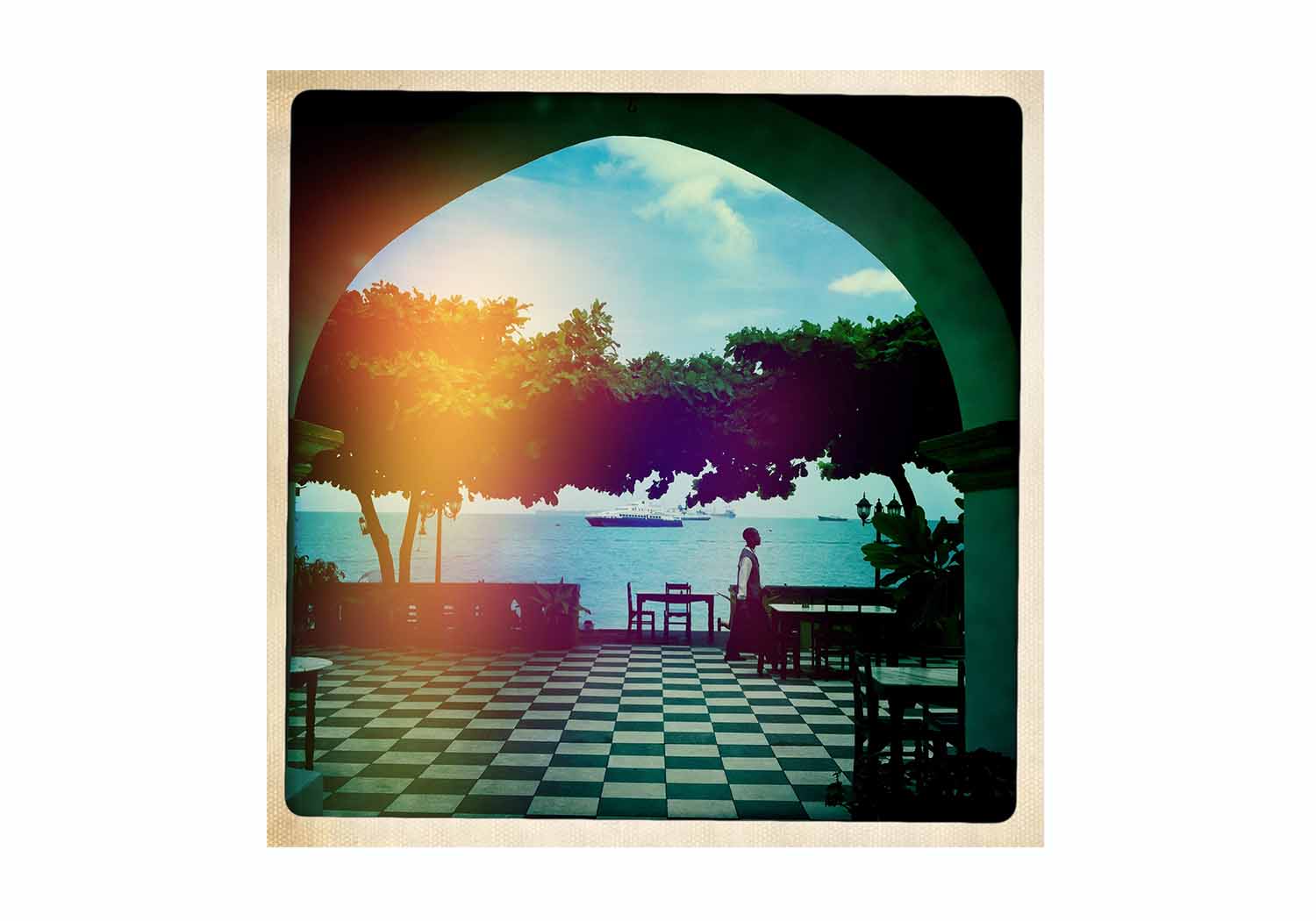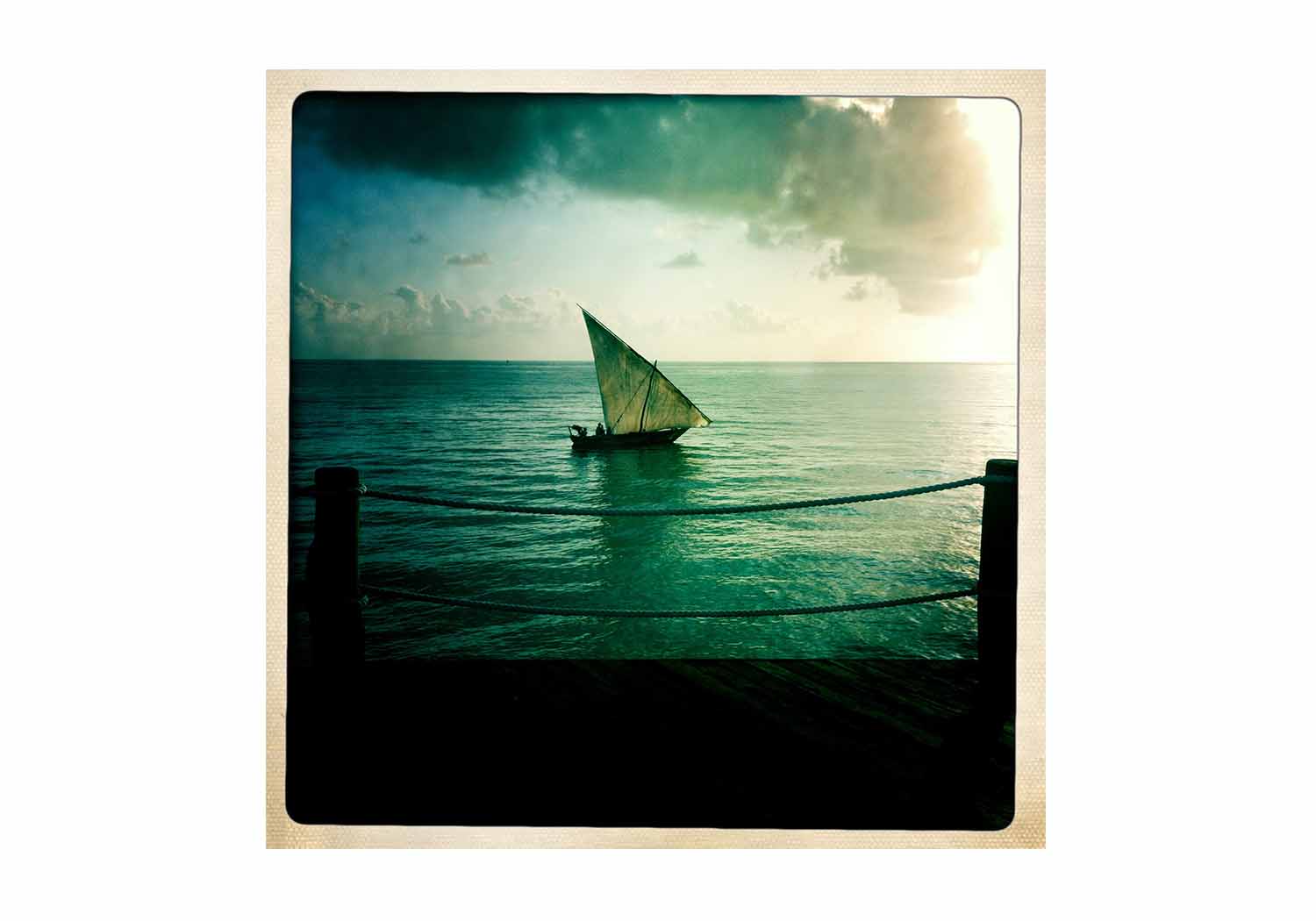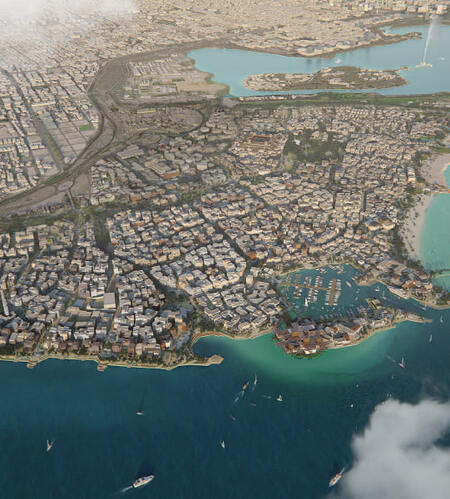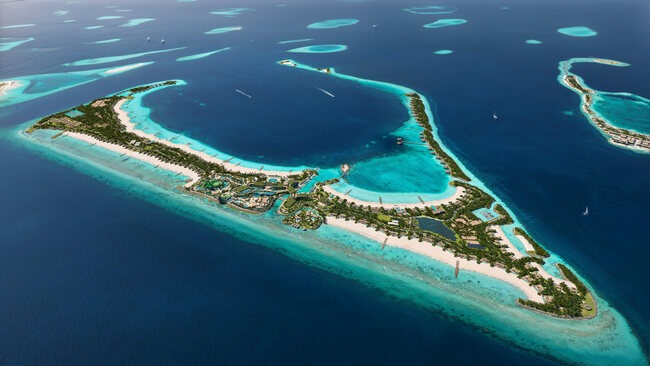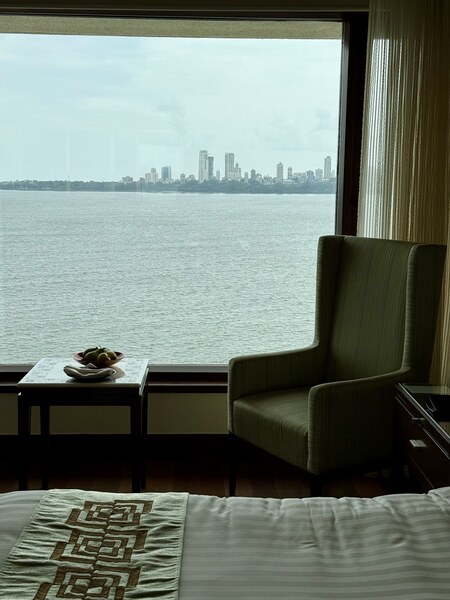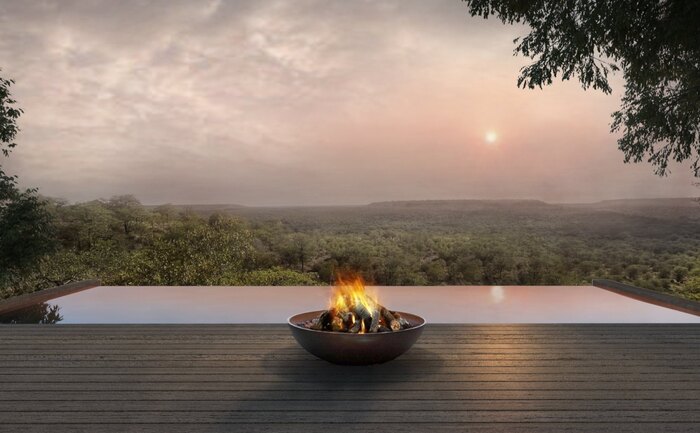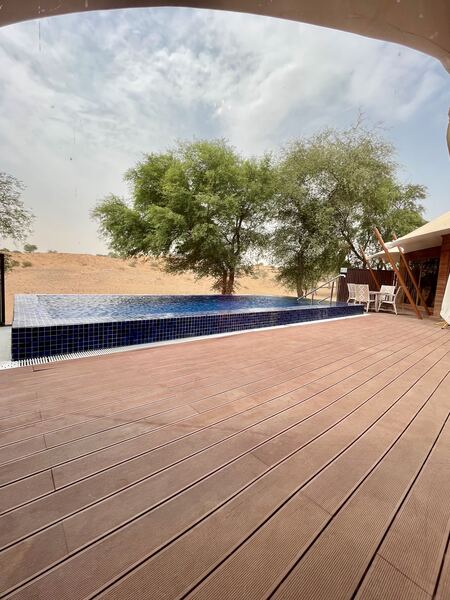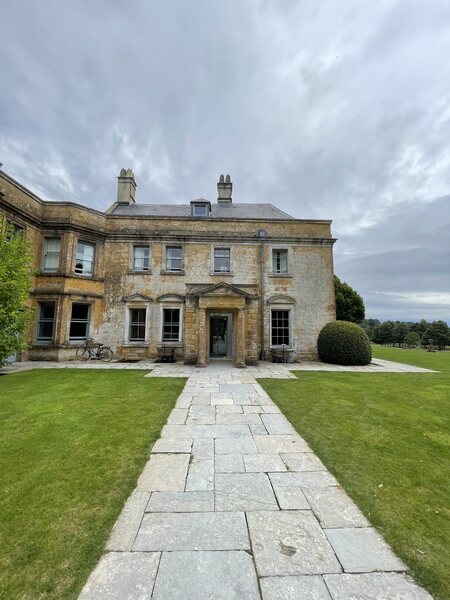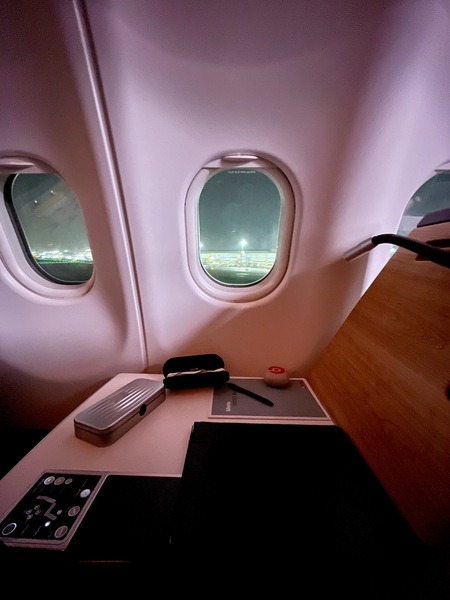Travel photographer, Natasha Hemrajani recounts her trip to Zanzibar.
It’s 3am in Stone Town, Zanzibar. I’m standing with the remnants of yesterday’s litter rustling softly at my feet in the narrow confines of a deserted alley, still knuckling jetlagged sleep from my eyes. Windows float above me, serene, closed dark eyes watching me languorously in the hot African summer on a sleeping street, a stranger in StoneTown. This is Africa, the Dark Continent, where dangerous meets enticing as lovers do. No place embodies this more than Stone Town with its narrow lanes full of shuttered houses and barred wooden doors, every home a well-kept secret.
Between the stark white walls of tightly clustered Stone Town houses the ocean winks at me, a bright aquamarine blueness that glitters in sparkling millions as the morning sun breaks out over the water. A cup of strong black Zanzibari coffee sweetened with honey leads to lazy conversations with expat settlers on the island who assure me that this little spice island I’m on has plenty crazy going on, what with the full moon beach parties and sundowners at bars across pristine beaches.
Outside, dusk sets on the ocean in a sunset full of fiery pinks and reds. It’s Friday evening and Stone Town’s waterfront has become an impromptu fashion parade with Zanzibari women dressed up in their most striking burkas like so many exotic birds, stepping out with their families and friends to sample the open feast of food stalls set up at the Forodhani Gardens.
The rest of my days in the old city are spent exploring its many corners. Declared a UNESCO world heritage site, Stone Town is magical with its mixed architectural styles that draw from Arab, Persian, Moorish, Indian, and European elements. I walk into days full of long shadows and rough textures, moody architecture and breath-taking ocean views, and a colourful street life.
Night closes around me with the soft folds of a mosquito net, and the excitement of a road trip to come, a drive down through the coastal roads of Zanzibar with nothing but beach stops and ocean views to distract me.
And what an ocean view it is. Beachside Zanzibar is everything I’ve dreamt of and more: an unbelievably beautiful little coral island with beaches full of sand so blindingly white and fine that at high noon it looks as if I’m wading through snow. The Indian ocean on this side of the world is a startling mix of neon greens and aqua blues, the moody sea sometimes a radiant turquoise green, sometimes the deep blue of a chlorinated pool, and sometimes just an aqua that glows like its full of electricity. I stare mesmerised by the changing colours of a living sea, the waving fronds of seaweed underneath the tide an excellent hiding place for sea urchins and starfish and hermit crabs.
In the morning’s soft sun, I’m floating weightlessly in a salt water infinity pool hanging over the infinite Indian ocean shining in the sunlight, with all the shifting colours of the ocean. The land is flat like a pancake, golden sands mingle with white, the ocean fringing around little islands with tiny toy-boat ships floating in the shifting turquoise hues.
A night walk along Matemwe beach is a perfect end to a long day, the rhythmic crash of the surf rolling in and out under a sky full of pinprick stars and virgin sands shimmering in the moonlight. It’s advisable to walk with company however, and free of valuables, as Zanzibar wrestles with a growing crime rate and unsuspecting tourists are an easy mark for a night time hold-up robbery. It strikes me how this land is still very much a stranger to me, its natural beauty unquestionable while its cultural reality remains untouched behind an impenetrable wall despite my few weeks of living here. Expat settlers I meet compare the place to an onion, beneath every layer you peel off another lies in place, leaving you no closer to understanding the core. Perhaps not surprising as Zanzibar has witnessed centuries of colonization and slave trading and its people are only now rebuilding whatever constitutes the African Dream, after a bloody uprising that declared it a republic state in 1964 and freed the land of its Arab, Indian and British rulers.
Images and Text : Natasha Hemrajani – @natashahemrajani
